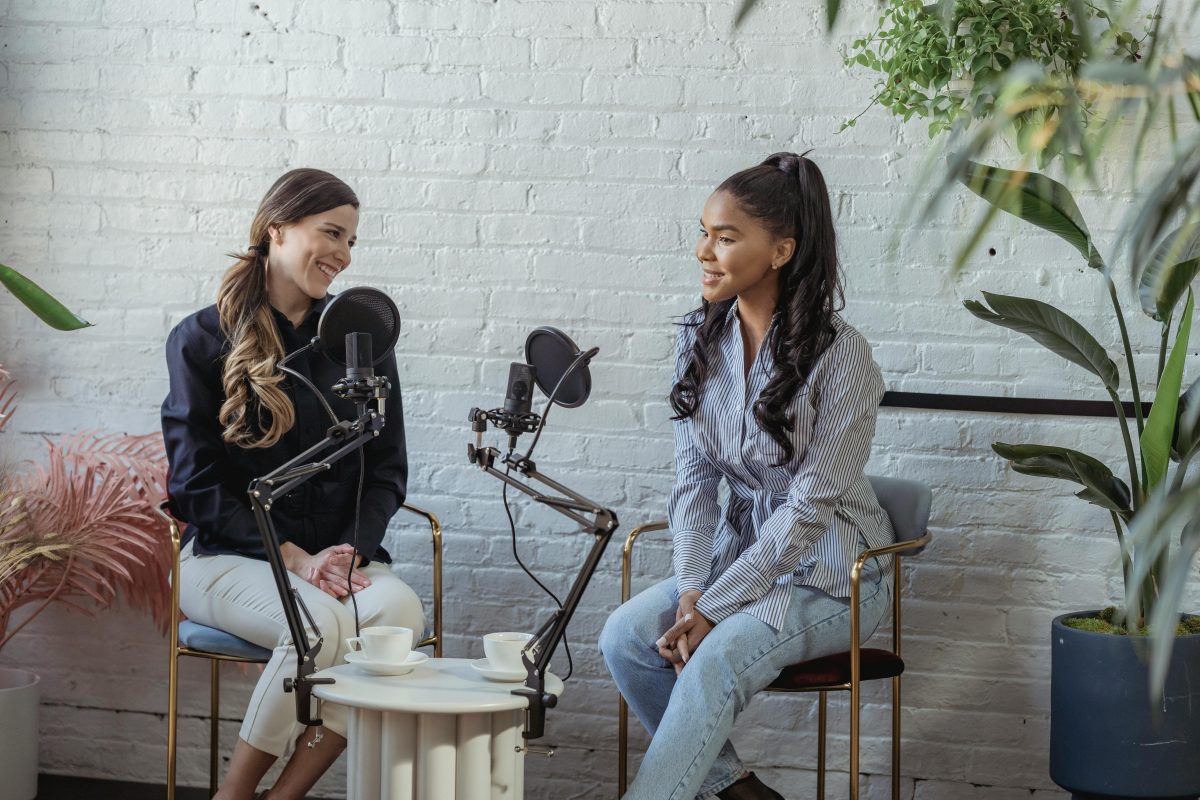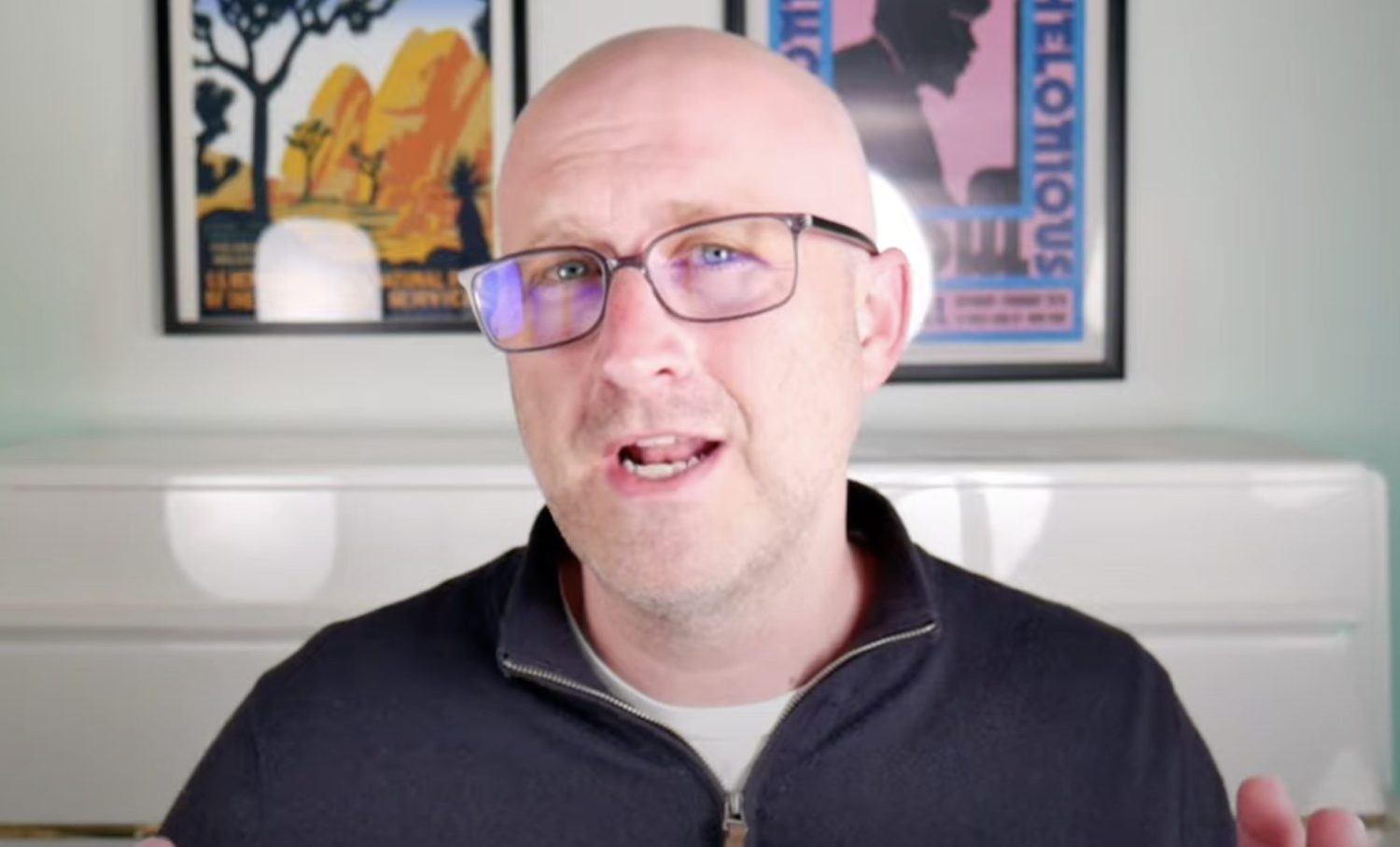Podcasting has become an increasingly popular medium for sharing ideas, stories, and expertise with a global audience. Whether you’re a seasoned podcaster or just starting out, there are always ways to improve your craft and grow your audience. In this article, we’ll explore essential podcast tips across five key categories: getting started, podcast gear, recording and interviews, editing, and staying motivated.
Getting started with your podcast
When starting a podcast, it’s crucial to focus on a topic you’re passionate about and knowledgeable in. This will help you maintain enthusiasm and provide valuable content for your listeners. Find a unique angle within your chosen topic to stand out from other podcasts in the same niche. Stick to your core subject matter to keep listeners engaged and minimize the risk of them tuning out due to off-topic tangents.
Invest time in creating a creative and memorable title for your podcast. Search for similar titles on Apple Podcasts and Spotify to ensure your chosen name is distinctive. Consider using AI tools like Chat GPT to generate title ideas. Equally important is visually appealing and engaging podcast artwork that will catch the eye of potential listeners as they browse through podcast directories.
As you plan your podcast, map out the first 10 episodes with rough ideas, topics, and potential guest names. If you intend to have a co-host or interview guests, reach out and book them for these initial episodes. This will give you a strong foundation and momentum as you launch your podcast.
Dedicate a consistent recording space in your home, such as a closet with sound-dampening properties. Choose a reliable podcast host like Buzzsprout or Transistor.fm to store and distribute your audio files. Most importantly, don’t get bogged down in perfectionism – just hit record and start creating content.
Podcast gear essentials
While it’s tempting to invest in expensive equipment, you don’t need top-of-the-line gear to create a quality podcast. A solid USB microphone, such as the Samson Q2U or Audio-Technica ATR2100x, will provide excellent audio for around $60-$70. When recording, use wired headphones to avoid latency issues and potential battery failures mid-session.
You can record your podcast on any device, including laptops, desktops, tablets, and smartphones. If you’re creating a video podcast, your phone’s 4K camera is likely the best quality option available, especially in low-light situations. Invest in an inexpensive tripod to stabilize your phone or tablet during recording.
Lighting is another important consideration for video podcasts. If you don’t have professional lighting equipment, simply sit facing a window to ensure even, natural light on your face. Alternatively, consider purchasing portable battery-powered lights or the Elgato Key Light Air for around $100.
Sound treatment is crucial for achieving a professional-sounding podcast. Reverb and echo can make your recordings sound amateurish, so consider investing in sound panels or utilizing soft materials like rugs to absorb unwanted noise. Finally, take the time to learn how to properly use your equipment to get the best results, regardless of how much you’ve spent on it.
Recording and interview tips
Thorough research is essential for creating engaging podcast content. Whether you’re hosting a solo show, working with a co-host, or interviewing guests, come prepared with valuable information and insights to share with your audience. When interviewing guests, familiarize yourself with their past work, books, and other interviews to ask informed questions and facilitate a more interesting conversation.
To minimize distractions during recording, close the door, notify family members, and enable “do not disturb” mode on your devices. Collaborate with co-hosts using tools like Google Docs or Apple Notes to plan your episodes and stay on the same page. AI tools like Notion AI and Chat GPT can also be helpful for generating topic ideas and interview questions.
For interview-based podcasts, create a cold email template with information about your show, audience size, and the benefits of appearing as a guest. Use a scheduling tool like Calendar.com to streamline the booking process and include your Riverside guest link and other relevant information.
During interviews, help your guests feel comfortable by letting them know when you’re not recording and sending questions in advance. Plan for shareable moments, such as 30-60 second segments that can be repurposed as vertical videos for TikTok or Instagram Reels. Be open to spontaneity and follow interesting tangents that arise during the conversation.
Remember, if you’re bored while planning or recording your podcast, chances are your listeners will be bored too. Focus on the aspects of your topic that excite you and eliminate any dull or uninspiring elements.
Editing your podcast
Using the right editing tools can make a significant difference in the quality and efficiency of your podcast production. Riverside’s built-in editor offers features like silence removal, transcript-based editing, and precision timeline control. The platform’s Magic Clips editor can automatically generate 30-60 second engaging clips, saving you time and effort.
When editing audio, utilize strip silence or delete silence commands to minimize background noise and improve overall sound quality. Familiarize yourself with EQ, noise gates, and compressors to fine-tune your audio and create a polished final product.
For video podcasts, master the art of multicam editing to seamlessly switch between camera angles and create a more dynamic viewing experience. Take advantage of AI tools like AutoPod for Adobe Premiere and RunwayML for green screen effects to enhance your video content.
Maintain a consistent format across episodes, with recognizable segments and a predictable structure that listeners can anticipate and enjoy. Don’t forget to create vertical clips for sharing on social media platforms like TikTok, Instagram Reels, and YouTube Shorts to expand your reach and attract new listeners.
Learn how to repair subpar audio using tools like iZotope RX 10 or Riverside’s normalize audio feature to ensure consistent sound quality across all episodes. Most importantly, put your best content first – tease exciting moments or meaningful quotes at the beginning of each episode to hook listeners and keep them engaged.
Staying motivated and growing your podcast
As a podcaster, it’s easy to become fixated on download numbers, but don’t be discouraged by low figures in the early stages. Remember that podcast listeners are among the most loyal and engaged audiences. Focus on consistently promoting your show by sharing links on social media and creating vertical clips to attract new listeners.
Don’t neglect your older episodes – if they contain valuable content or entertaining moments, share them on social media to drive traffic to your back catalog. Utilize AI-generated transcripts and tools like Chat GPT to repurpose episode content into blog posts, social media updates, and promotional materials.
If you find it challenging to maintain a weekly release schedule, consider adjusting to a biweekly or monthly format. Consistency is key to retaining listeners, so choose a schedule you can realistically sustain. If you haven’t already, consider adding video to your podcast to increase engagement and shareability on social media platforms.
Regularly review your podcast metrics, including retention graphs and episode popularity, to identify areas for improvement. Analyze successful episodes to understand what resonates with your audience and incorporate those elements into future content. While sponsorships can be a valuable source of income, don’t focus on them too heavily in the early stages. Instead, explore alternative monetization options like Patreon, bonus content, or listener subscriptions through platforms like Apple Podcasts.
Finally, take pride in your accomplishments as a podcaster. Simply by publishing 10 episodes, you’ll be in the top 10% of all podcasts on Apple Podcasts and Spotify. Consistently releasing 20, 40, or more episodes puts you in an even more exclusive group of dedicated and successful podcasters.
By implementing these essential podcast tips across the key areas of getting started, gear, recording, editing, and staying motivated, you’ll be well on your way to creating a high-quality, engaging, and successful podcast. Remember to stay passionate about your topic, continually refine your skills, and always prioritize your listeners’ experience. With dedication and persistence, you can build a loyal audience and make a lasting impact in the ever-growing world of podcasting.









